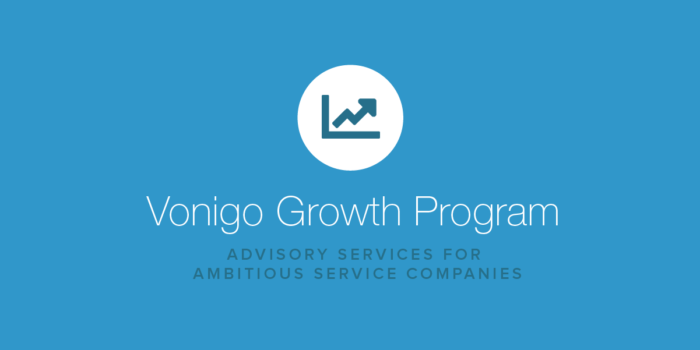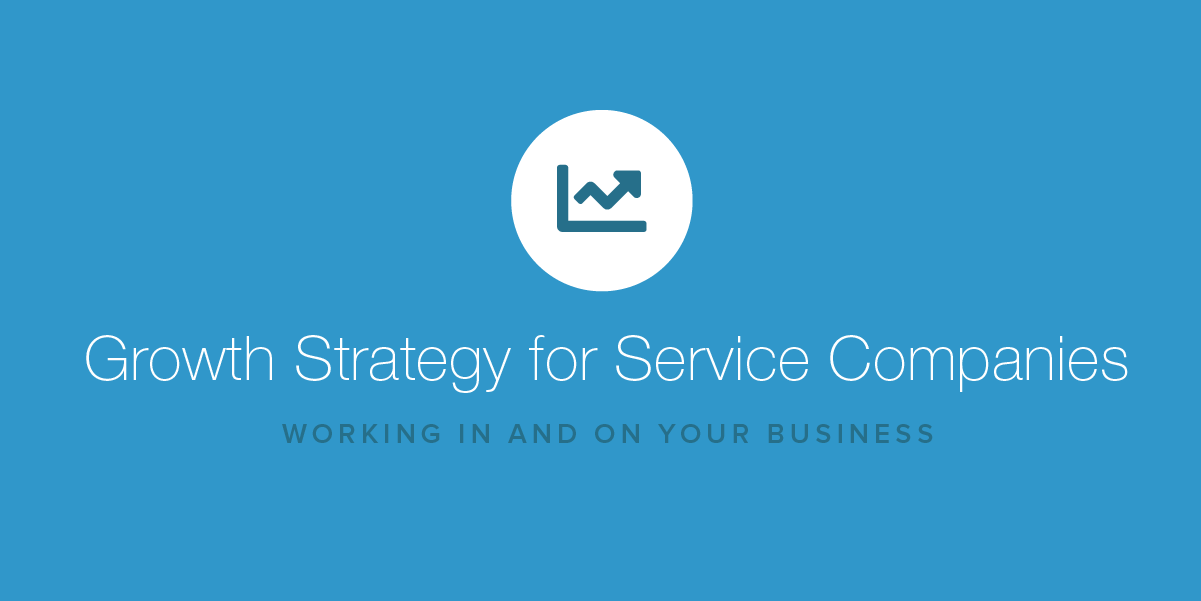Thinking Strategically: Growth Strategy for Service Companies
- May 11, 2019
- By: Vonigo
By Greg Githens, author of How to Think Strategically.

There’s a lot of opportunity in today’s business environment.
An ambitious service company leader faces many questions: Should I diversify and add new products and services? Should I double down on my existing business model and go for economies of scale?
First Steps
Conventional wisdom suggests starting with a vision. I disagree and suggest that you start with a clear-eyed assessment of your situation:
What are your customers’ spoken and unspoken needs?
What is your competition doing better than you?
Where can internal processes be scaled up to make you more efficient? What is the biggest challenge that your organization faces (that you can do something about)?
A good strategy, according to UCLA’s Richard Rumelt has three ingredients. First is an understanding of the situation. Second, is a commitment of resources and methods to a single point of focus. Third, is the coordination of those resources.
Let’s look closer at those three ingredients.
Diagnosis
Just as you depend upon a physician to correctly diagnose the cause of bodily pain or an expert mechanic to discover why your car is stalling, a strategist has to examine the business environment.
What’s happening externally and what is happening internally? The external situation might include questions such as these: Is your market growing? Is there new competition entering the market? How price-sensitive are your customers?

Looking for expert advice on how to grow your service company? Check out the Vonigo Growth Program.
Here is an example of an internal challenge. A contractor just performed a project for my homeowner’s association and never billed for their service. They need to work on their internal systems or they’re not going to be able to keep up with sales.
Guiding Policy
This refers to your high-level decisions about where to play and how to win. Are you going to open new geographic markets or expand your sales to existing customers by offering new products or services?
An important idea is that of focusing your limited resources on the places where you’ll get the most leverage. Most business owners and managers find saying no to opportunities is one of the most difficult decisions that they make.
Too many businesses have long wish lists of things that they wish would happen. This is not a good strategy.
Coherent Action
Here you have to get the organization in alignment in your desired direction. Often, you find that you have to change compensation and may find that the organization has outgrown the talents of some long-standing employees. Or, you may discover leaders within your existing team.
A Case Study
My early career was with a services business specializing in response to industrial and transportation accidents. The CEO’s diagnosis of the industrial sector was that there was plenty of stable demand. Despite the great opportunity in the transportation sector, the volatility of sales meant that the company would experience cycles of boom and bust.
Having selected where he wanted to play, he now had to answer the question, How do we win? The answer was in choices to beef up the company’s national accounts staff, its marketing group, and its project management because these were keys to penetrating the selected markets. He found, too, that in automating certain routine activities, he could create efficiencies to fund investments elsewhere.
One lesson of good strategy is that a strategist has a discerning eye for leverage. It’s not simply about hustling and working hard. It’s about understanding the needs of your market and devising a plan with logic and focus.
“I’m Too Busy” is a Poor Excuse
For good reason, the day-to-day demands of running a business consume most of the mental energies of a manager. However, you must not let “I’m too busy to think strategically” be an excuse. Furthermore, encourage others within the organization to think strategically.
My CEO frequently asked others in the organization if they had noticed any interesting opportunities and inquired to see if they knew the company’s strategy.
Looking for expert advice on how to grow your service company? Check out the Vonigo Growth Program.



